Scientists catch the highest energy particles by making them go faster than light
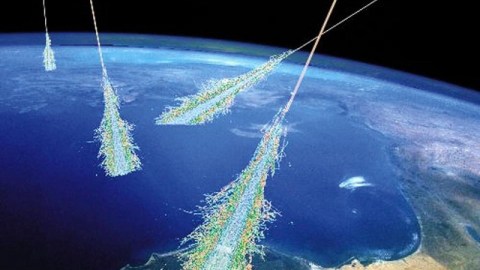
Not faster than 299,792,458 m/s, but faster than light moves through anything other than vacuum!
“You are both fools. You cannot see thoughts, or angels. One is an abstract, the other a fantasy. To compare the two would be silly. Of course, using inferential logic, we can detect the existence of thought by the evidence of its actions, just as I detected the existence of a new form of radiation! Seeing no evidence of God or angels, and applying Occam’s Razor we can effectively rule out God or angels with metaphysical certainty. By the way Mr. Astronaut, you have cancer.” –Pavel Cherenkov (allegedly)
If you pump more and more energy into a massive particle, it moves faster and faster, asymptotically approaching the speed of light. But if there’s too much energy in your particle, then your standard way of building a detector — to force the particle to collide with another and detect the properties of what comes out — simply won’t work. The faster particles go, the faster and more indeterminate the detector tracks are, meaning that your attempts to reconstruct the original particle’s energy, mass, charge and other properties fare worse and worse. The “brute force” solution of building larger and more sensitive detectors becomes prohibitively expensive very quickly; that simply won’t do. But there’s a trick that physicists can use: slow down the speed of light, and force that particle to spontaneously slow down.
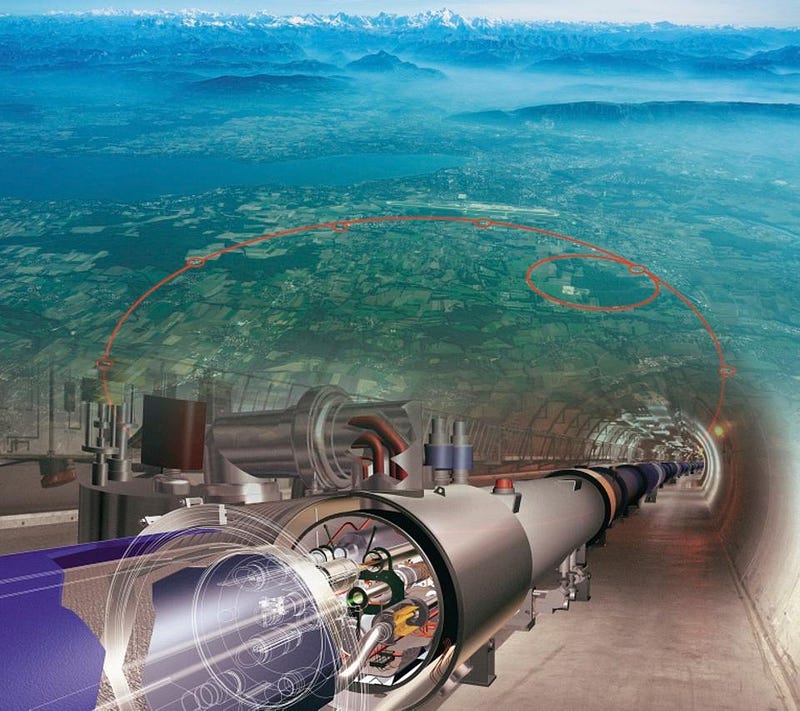
It’s true that Einstein had it right all the way back in 1905: there is a maximum speed to anything in the Universe, and that speed is the speed of light in a vacuum, c, 299,792,458 m/s. Cosmic ray particles can go faster than anything on Earth, even at the LHC. Here’s a fun list of how fast various particles can go at a variety of accelerators, and from space:
- 980 GeV: fastest Fermilab proton, 0.99999954c, 299,792,320 m/s.
- 6.5 TeV: fastest LHC proton, 0.9999999896c, 299,792,455 m/s.
- 104.5 GeV: fastest LEP electron (fastest accelerator particle ever), 0.999999999988c, 299,792,457.9964 m/s.
- 5 x 10¹⁹ eV: highest energy cosmic rays ever (assumed to be protons), 0.99999999999999999999973c, 299,792,457.999999999999918 m/s.
When it comes to the absolute fastest particles of all, Earth-based accelerators don’t stand a chance.
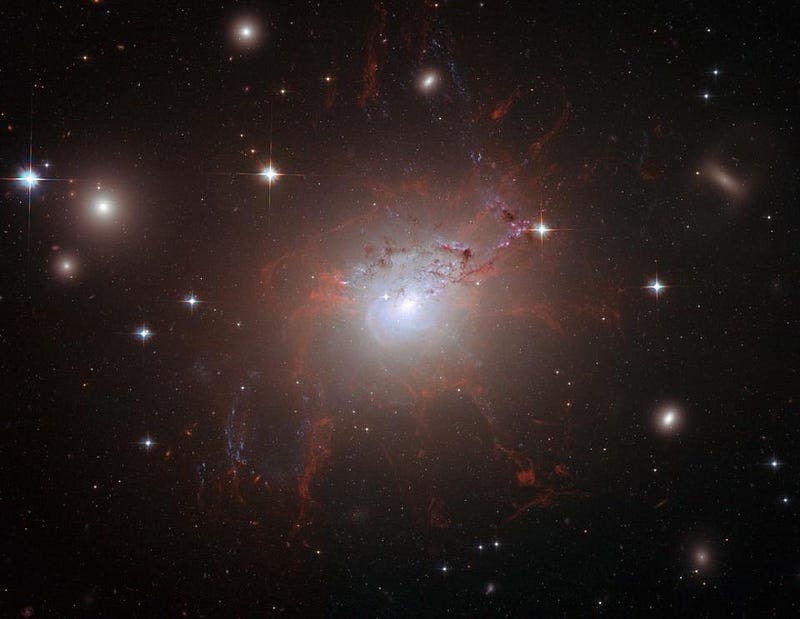
As good as our control of electric and magnetic fields are, to bend charged particles into a ring and accelerate them with a “kick” each time they go by, we can’t compete with the natural phenomena of the Universe. Black holes, neutron stars, merging stellar systems, supernovae and other astrophysical catastrophes can accelerate particles to far greater speeds than anything we could ever do on Earth. The highest energy cosmic rays travel so close to the speed of light in a vacuum that if you were to race a proton of this energy and a photon to the nearest star-and-back, the photon would arrive first… with the proton just 22 microns behind, arriving 700 femtoseconds later.
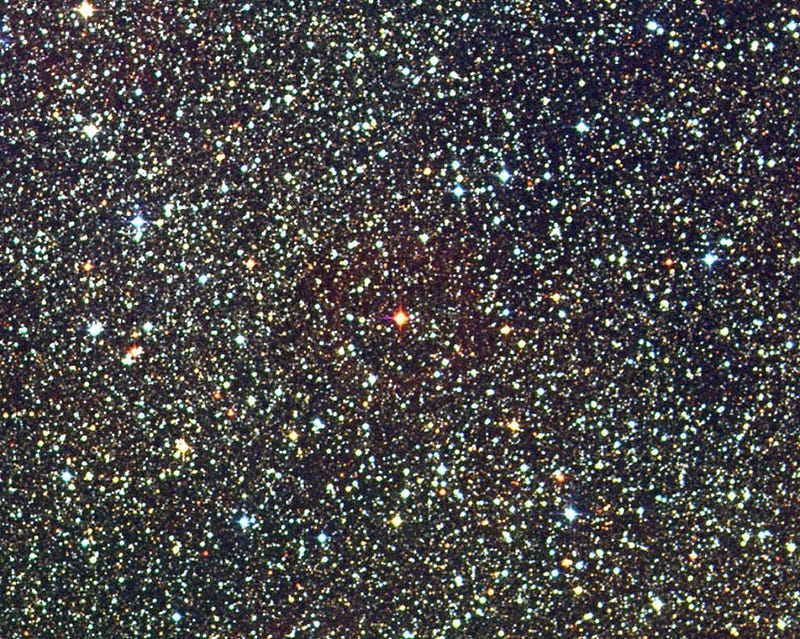
But photons only move at that perfect speed-of-light, c, if they’re in a vacuum, or the complete emptiness of space. Put one in a medium — like water, glass, or acrylic — and they’ll move at the speed of light in that medium, which is less than 299,792,458 m/s by quite a bit. Even air, which is pretty close to a vacuum, slows down light by 0.03% from its maximum possible speed. This isn’t that much, but it does mean something remarkable: these high-energy particles that come into the atmosphere are now moving faster than light in that medium, which means they emit a special type of radiation known as Cherenkov radiation.
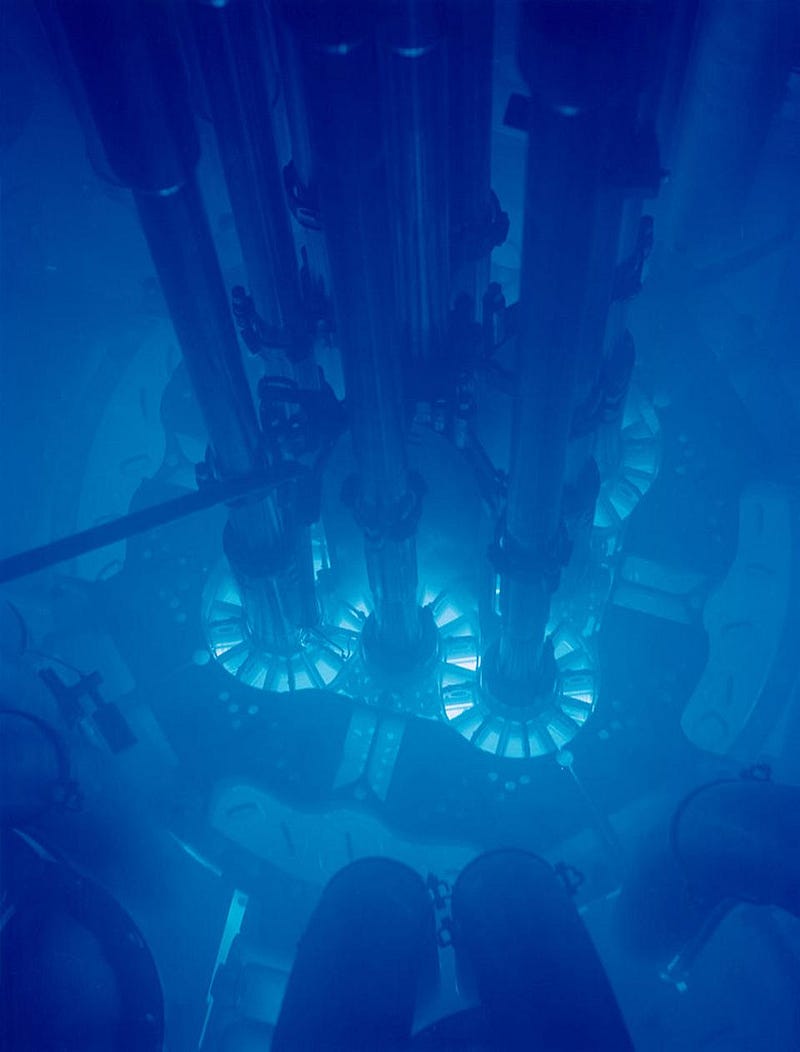
When you move faster than light in a medium, you emit photons radially outward in all directions, but they make a “cone” of light because the particle emitting them is moving so fast. Nuclear reactors, which emit fast particles, are surrounded by water to shield people from the particles the reactor emits. But, because those particles move faster than the speed of light in water, that water has a characteristic blue glow due to this radiation! The atmosphere doesn’t quite glow blue, but when a cosmic ray in a certain energy range passes through the atmosphere, the Cherenkov radiation is emitted at a different specific frequency, and is detectable on the ground by an array of telescopes of the right size.

Presently, observatories such as H.E.S.S., MAGIC and VERITAS are set up to be atmospheric imaging Cherenkov telescopes, and have provided locations and energies for the sources of Very High Energy Cosmic Rays like never before. But, as scientists, we want to do better. This year, for the first time, construction has begun on the most ambitious attempt to view the sources of these types of particles: the Cherenkov Telescope Array. All told, the array will consist of 118 dishes: 19 in the northern hemisphere and 99 in the southern hemisphere, with the northern array focusing on “lower” energies and sources outside of the galaxy, and the southern array focusing on the full spectrum of energies and sources inside the galaxy. All told, 32 countries are presently involved in this nearly $300 million project, with ESO’s Paranal–Armazones site in the Atacama Desert of Chile hosting the greatest number of dishes.
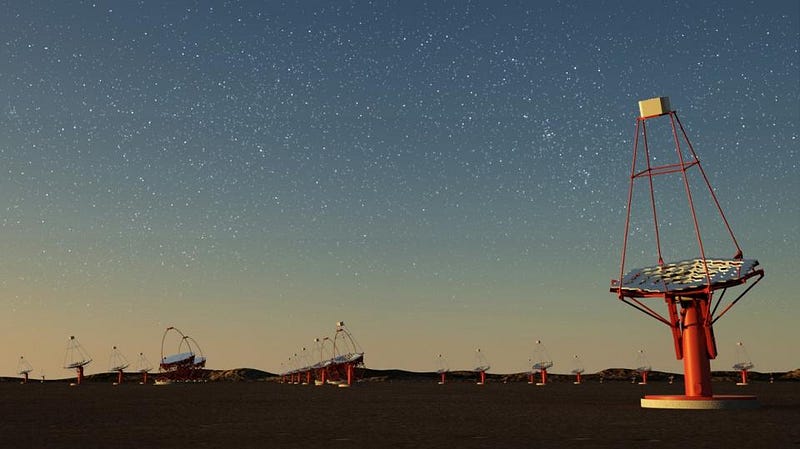
If you want to catch particles as they were before they ever reached Earth, you need to go to space to see them. But that’s expensive; the Fermi gamma-ray telescope (which detects individual high energy photons, not cosmic rays directly) cost approximately $690 million total. For less than half that cost, you can catch the particles that result from cosmic rays hitting the atmosphere in more than 100 locations across the globe, all because we understand the physics of particles that move faster-than-light through the atmosphere. More than that, the science prospects include understanding the origin of relativistic cosmic particles, the acceleration mechanisms around neutron stars and black holes and might even improve astrophysical searches for dark matter. You might not ever break Einstein’s laws, but figuring out the tricks to take advantage of their intricacies might be an even better solution!
This post first appeared at Forbes, and is brought to you ad-free by our Patreon supporters. Comment on our forum, & buy our first book: Beyond The Galaxy!





